Contributors
John Arnst

John Arnst walked away from the lab bench, then returned to it to process far-flung influenza samples and wound up promoting a flu vaccine campaign for K–12 schools in North Central Florida. At one point, he smashed more than 200 tomatoes in two hours for a project involving Salmonella and then couldn’t bear to eat any for more than a year. He graduated from the University of Florida in 2013 with degrees in English and biology. He was a science writer for ASBMB Today for about four years. He is now a freelance science writer.
Articles by John Arnst

Feature
The cellular conundrums of hepatitis C
Dec. 9, 2020
Charles Rice, who shared the 2020 Nobel Prize in physiology or medicine, has spent his career unraveling the genomic secrets of flaviviruses.

Retrospective
Gerald S. Berenson (1922–2018)
Nov. 23, 2020
A physician–scientist who devoted more than six decades to understanding the causes of cardiovascular disease, Berenson was one of the earliest members of the American Society for Biochemistry and Molecular Biology.
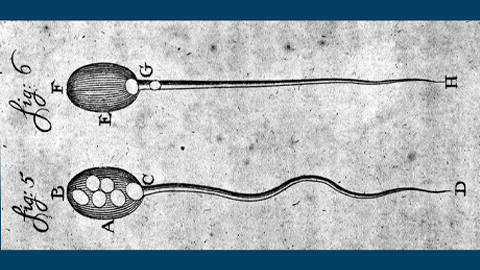
Journal News
The metabolic trigger that activates sperm
Nov. 13, 2020
Researchers at the University of Newcastle have discovered the metabolic shift that underpins the hyperactive sperm state essential to fertilization.

ASBMB Annual Meeting
The future of ASBMB meetings is virtual
Nov. 10, 2020
The ASBMB moves toward hosting an entirely virtual annual meeting in 2021 and an independent annual meeting in 2023.

Journal News
When Taxol met tubulin
Oct. 21, 2020
In the 1981 JBC paper “Taxol-induced polymerization of purified tubulin,” which was recently designated a JBC Classic, Nirbhay Kumar reported that the cancer drug was a valuable tool for cytoskeletal inquiries involving tubulin.
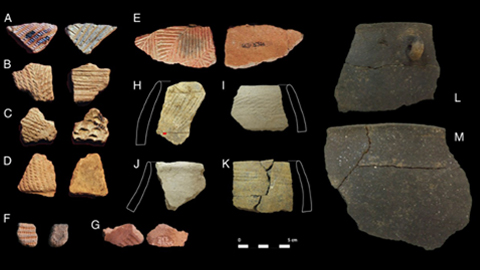
Feature
Milk through the millennia
Oct. 8, 2020
Anthropologists and analytical chemists have used lipid residues on 5,000-year-old pottery to pin down the earliest direct chemical evidence for milk consumption in eastern Africa.

Award
Charpentier and Doudna win chemistry Nobel
Oct. 7, 2020
They determined the mechanism of RNA-guided bacterial adaptive immunity by the CRISPR–Cas9 system, enabling them to harness the system for efficient genome engineering in animals and plants.
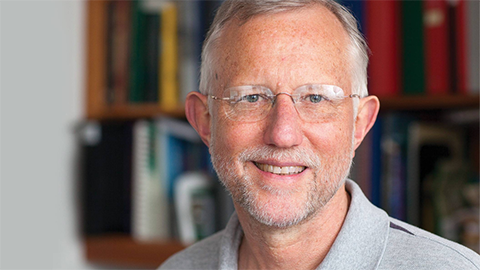
Member News
Rice shares Nobel for hepatitis C discoveries
Oct. 5, 2020
Charles M. Rice of The Rockefeller University, along with co-laureates Harvey J. Alter and Michael Houghton, made seminal discoveries that led to the identification of the hepatitis C virus.
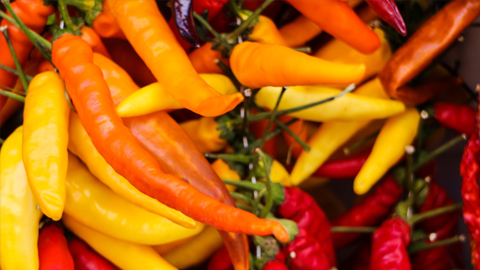
Journal News
Spit-stimulating natural compounds could end dry mouth
Aug. 28, 2020
Researchers analyzed menthol and a compound found in chile peppers as potential treatments for this side effect of radiation therapy on head and neck cancers.

Profile
Running a journal in a pandemic
Aug. 25, 2020
On opposite sides of the globe, Kerry-Anne Rye and Nick Davidson, the new editors-in-chief at the Journal of Lipid Research, provide editorial access around the clock.
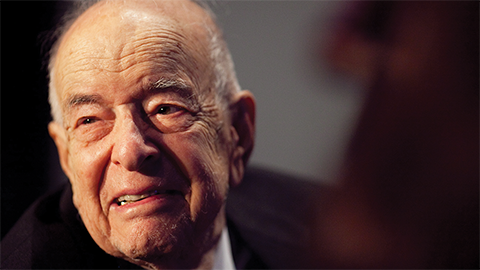
In Memoriam
Herbert Tabor (1918 – 2020)
Aug. 21, 2020
The longtime editor-in-chief of the Journal of Biological Chemistry was a beloved figure in the field.
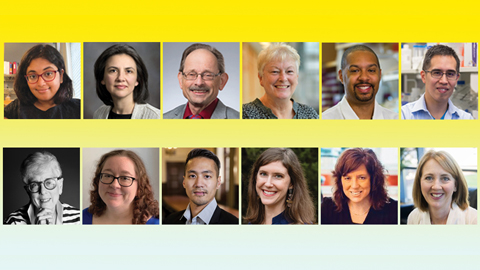
Feature
Job seekers feel the effects of the pandemic and politics
Aug. 12, 2020
Grant-funded postdoc positions seem secure, but hiring freezes and the Trump administration’s attempts to curb immigration worry researchers ready to start new labs and PIs and committees courting talent.
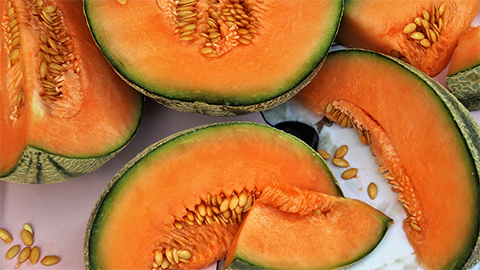
Stroopwafels
Summer food science
July 2, 2020
For those of you bound for a summertime holiday weekend, we dug into recent research on the yummy foods you might serve at a socially distant picnic.

Journal News
How PTMs affect the DNA sensor cGAS
June 18, 2020
Researchers at Princeton led by Ileana Cristea have uncovered the role that post-translational modifications play in regulating the DNA sensor cGAS.
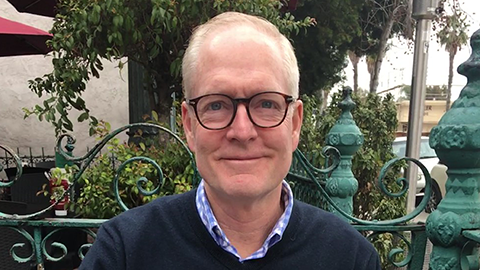
Profile
On the front lines of coronavirus care
June 12, 2020
Recent months have been challenging, tiring and exciting for Mike Gillette, an ICU physician and Molecular & Cellular Proteomics associate editor.
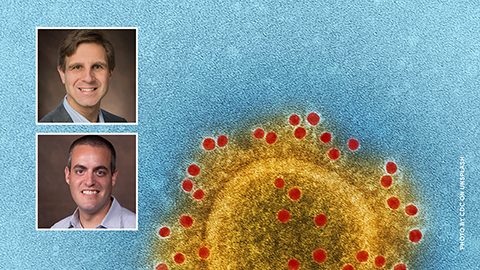
News
How to catch and kill a coronavirus on a doorknob
May 27, 2020
Researchers at Miami University are developing polymer coatings to inactivate SARS-CoV-2 on public surfaces.

Feature
A legacy of tyrosine
May 11, 2020
For Tony Hunter, the Salk Institute biochemist who discovered tyrosine phosphorylation and winner of a 2018 Tang Prize, the world outside the lab is as important as the work inside it.
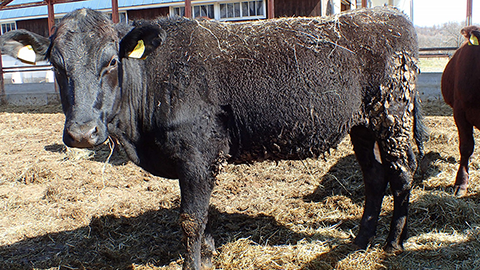
Journal News
Cow born in Japan after removal, replacement of placental cells
April 24, 2020
A mouse embryo, with the same cells removed, was much less successful than the cow at regenerating a placenta, researchers at Hokkaido University noted.

Feature
Stopping the devil in the dust
April 7, 2020
As clinicians, veterinarians and research scientists close in on potential vaccines for the devastating fungal illness Valley fever, the largest barrier likely remains outside the lab.

News
A small army of researchers races to build a coronavirus interactome
April 1, 2020
Scientists at eight institutions in the U.S. and Europe have used a protein interaction map to identify 69 drugs that might work against SARS-CoV-2, the virus that causes COVID-19.

Journal News
Multiomics meets antimalarials
March 31, 2020
Researchers in Australia use an innovative multiomics approach to analyze a new drug against malaria parasites.

Science Communication
Science communication in action: COVID-19 edition
March 23, 2020
Our science writers selected 10 examples of solid scicomm about the novel coronavirus.

Journal News
Scrutinizing the greatest threat to pigs
Feb. 26, 2020
Researchers in Spain resolve the complex membranes of African swine fever virus as the pathogen continues its slow burn across Southeast Asia.

News
Could an old malaria drug help fight the new coronavirus?
Feb. 6, 2020
As new cases of the novel coronavirus appear daily, researchers in China have found that two drugs, chloroquine and remdesivir, can inhibit its replication in cell culture.
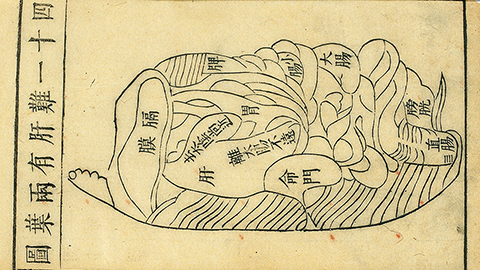
Journal News
Quantifying bacteria-borne bile that may cause metabolic disease
Feb. 4, 2020
Researchers have developed a new analytical method to puzzle out which bile acids in our guts are being produced by bacteria.
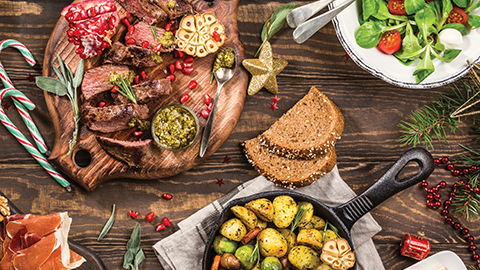
Wellness
Holidays may break our resolve, but not our microbiomes
Jan. 10, 2020
The connection between what we eat and which bacteria wind up dominating our gut is well established, but a few weeks of eating nonhabitual foods are unlikely to alter the composition of your gut bacteria significantly.
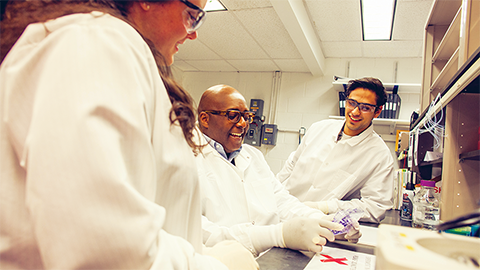
Interview
Serving societies and investigating viruses
Jan. 8, 2020
RNA virus expert Craig Cameron, who long has worked to increase minority representation within professional societies, is now a Journal of Biological Chemistry associate editor.
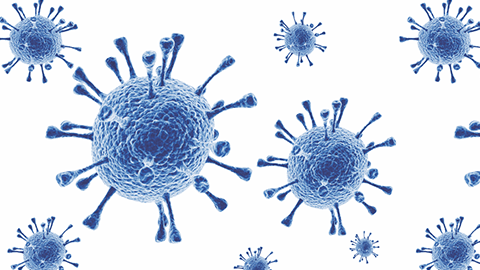
Health Observance
National Influenza Vaccination Week
Dec. 2, 2019
The year may be winding down, but flu season is still heating up.

Journal News
From the journals: December 2019
Dec. 1, 2019
Chasing the structure of a histone’s N-terminus tail. Highlighting the role of lipids in mediating endoplasmic reticulum structure. Defining the components of a bacteria’s biofilm matrix. Researchers tackle these tasks and more in our latest roundup…
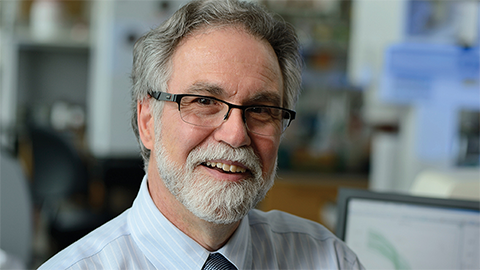
Feature
Oxygen sensing and adapting to altitude
Dec. 1, 2019
Gregg Semenza is one of three physician–scientists sharing the 2019 Nobel Prize in physiology and medicine for their discoveries related to the protein complex hypoxia-inducible factor and the red blood cell–producing hormone it controls.

Award
Labeling lipids and playing piano
Nov. 1, 2019
Jeremy Baskin is the winner of the 2020/2021 Walter Shaw Young Investigator Award in Lipids.

Feature
Giant gene thieves
Nov. 1, 2019
From Siberian ice cores to Australian lake beds, John Arnst writes, massive viruses — only recently identified with the help of cryo-electron microscopy — are changing what we know about evolutionary biology and viral structure.
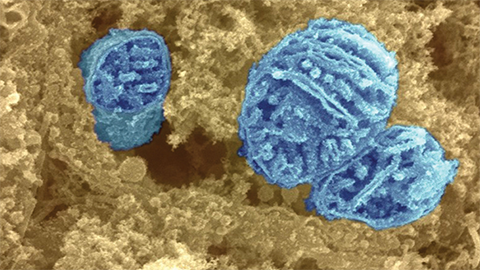
Journal News
From the journals: November 2019
Nov. 1, 2019
What is mitochondria’s role in non-alcoholic fatty liver disease? What’s the best way to differentiate embryonic and mesenchymal stem cells to use MSCs in therapy? How do fatty acids reduce melanin in tumor cells? Researchers tackle these questions …

Interview
Meet Qi-Qun Tang
Oct. 1, 2019
As the Journal of Biological Chemistry’s first associate editor in China, this adipocyte expert at Fudan University hopes to improve the quality of scientific papers coming from his native country.
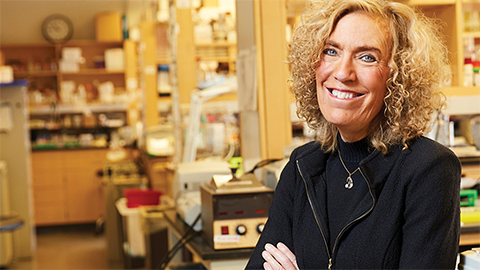
Feature
Under the skin and out in the world
Oct. 1, 2019
Before Rockefeller University professor and Howard Hughes Medical Institute investigator Elaine Fuchs began her groundbreaking work studying skin-derived stem cells, she dreamed of teaching in the Peace Corps — and she still loves an adventure.
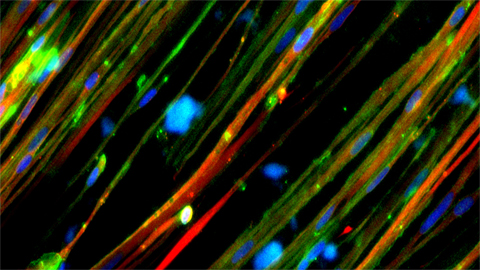
Feature
Closing in on a cure
Sept. 1, 2019
With the rollout of exon-skipping drugs that cost $300,000 a year and researchers focused on delivering corrections using compacted genes and CRISPR–Cas9, what is the future of treating this most common form of muscular dystrophy.
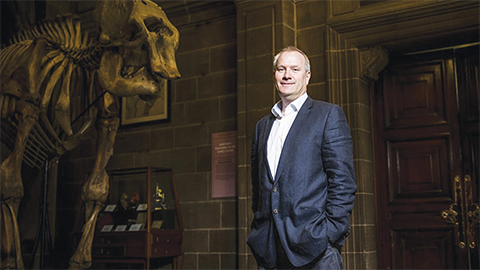
Interview
Meet Mike Shipston
Aug. 1, 2019
The UK-based electrophysiologist and associate editor for JBC interrogates the delicate permutations in ion channels that manifest on larger scales as endocrine disorders.

Feature
Personalized protocols
June 1, 2019
Throwback Thursday for Mental Health Awareness Month: Mandated by law, mental health accommodations can help some students and researchers succeed in the lab — but first they have to ask.
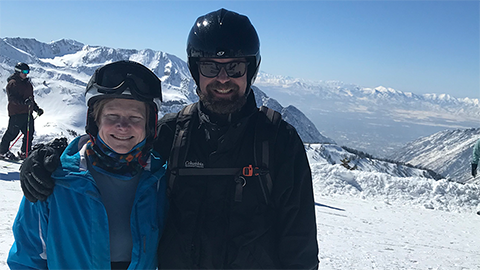
Interview
Meet Karin Musier–Forsyth
May 1, 2019
An associate editor of the Journal of
Biological Chemistry since January 2018, Musier–Forsyth probes the editing
mechanisms of aminoacyl-tRNA synthetases in her lab at Ohio State and uses
ASBMB resources as teaching tools for graduate students.
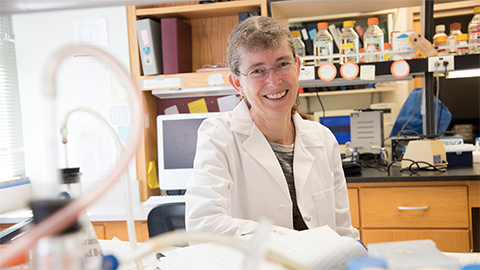
Interview
Meet Phyllis Hanson
March 1, 2019
This Journal of Biological Chemistry associate editor spent two decades researching protein–protein and protein–membrane interactions involved in membrane trafficking at Washington University in St. Louis before her recent move.
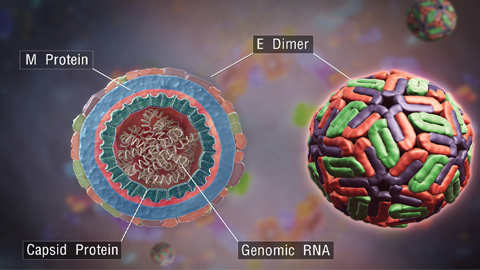
Journal News
From the journals: March 2019
March 1, 2019
What’s the lipid situation in bone cancer? How can a scorpion venom vanquish viruses? How does a protein block cell fusion in chemotherapy? These and other research questions are addressed in our roundup.
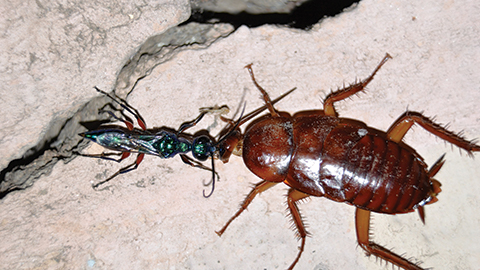
Journal News
MCP: Wasp venom causes slow burn in roach brain
Feb. 1, 2019
When researchers at the University of California, Riverside subjected an elusive venom to RNA sequencing and proteomic analysis, they found that its components include hundreds of identified neurotransmitter hormones and peptide precursors, they wri…

Interview
Meet Saddiq Zahari
Dec. 1, 2018
The editor of manuscript integrity for the journal Molecular & Cellular Proteomics ensures that every published paper complies with essential guidelines for data analysis, clinical and targeted proteomics, and glycomics.
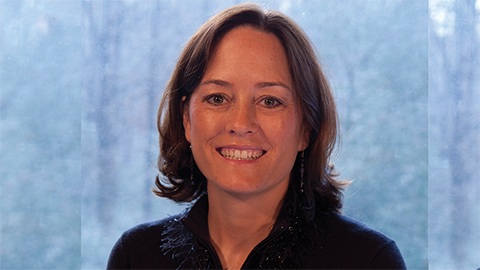
Interview
Meet Karen Fleming
Nov. 1, 2018
This associate editor at the Journal of Biological Chemistry examines the energetics of transmembrane proteins in her lab at Johns Hopkins University, where she also convenes workshops on gender bias and works to educate young women about successful…

Feature
The future of fighting flu
Nov. 1, 2018
Researchers around the world are working to improve existing vaccines, increase vaccination rates in critical population groups and develop universal, long-term protection.
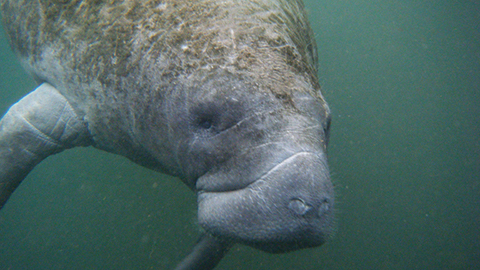
News
Shadow gene makes sea mammals vulnerable
Oct. 1, 2018
University of Washington researchers study why, after certain species moved from land to sea eons ago, their descendants lost the function of an enzyme that can break down a neurotoxin in the pesticide chlorpyrifos.

Member News
Steitz wins Lasker lifetime achievement award
Sept. 1, 2018
Joan Steitz honored by the Albert and Mary Lasker Foundation.

Journal News
From the journals: August 2018
Aug. 1, 2018
Why are people with chronic kidney disease at high risk of heart failure? Can a pathogen avoid a host antibody by grabbing it? Why do some cancer cells love sugar and eschew fiber? Read about these topics and more in our roundup.
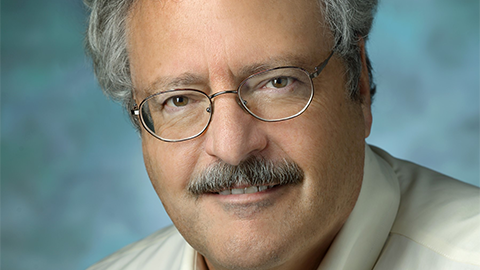
Profile
Jerry Hart changes residency, assumes presidency
Aug. 1, 2018
After spending most of the past four decades breaking scientific ground at Johns Hopkins University, the new ASBMB president is taking his glycobiology lab to the University of Georgia.

Feature
Machining for science
June 1, 2018
As biomedical research evolves, engineers and machinists at the National Institutes of Health strive daily to create lab equipment for investigators with unconventional demands.

Feature
The gut-brain connection
May 1, 2018
The various symptoms of Parkinson’s all stem from the aggregation of a misfolded protein,
alpha-synuclein, and new research focuses on disrupting this process by figuring out how a bug lurking in the gut microbiome affects the brain.
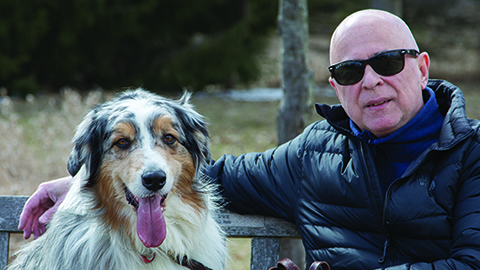
Interview
Meet Christopher Whitfield
May 1, 2018
Christopher Whitfield, a new associate editor at the Journal of Biological Chemistry, discusses how he
interrogates bacterial polysaccharides and sustains football fandom.

Interview
From a Bavarian baccalaureate to bacterial bleach
March 1, 2018
At the University of Michigan, Ursula Jakob’s lab is investigating how to make the bacteria bent on colonizing your gut more sensitive to the bleach, or hypochlorous acid, that your white blood cells deploy against them.
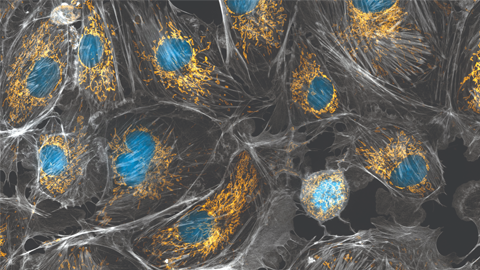
Journal News
MCP: When mitochondria make B cells go bad
Feb. 1, 2018
A proteomics analysis of cells that are prone to becoming cancer cells, described in Molecular & Cellular Proteomics, reveals clear signatures of mitochondrial and metabolic stress.

Feature
Addressing the tangled roots of health disparities
Feb. 1, 2018
Life scientists forge collaborations to rethink old questions, train young researchers and engage diverse communities.

Feature
A battered island rises
Jan. 1, 2018
Hurricane Maria damaged labs and destroyed equipment; John Arnst talked to scientists in Puerto Rico about how they support each other and persevere.

Interview
Membrane maestro George Carman returns to the JLR
Jan. 1, 2018
A veteran associate editor describes how he made the journey from the mean streets of Jersey City to a lab studying the biosynthesis of membrane phospholipids.

Journal News
MCP: Ovarian cancer’s dark signaling pathways
Jan. 1, 2018
Researchers write in a paper in Molecular & Cellular Proteomics about using proteotranscriptomic techniques to uncover associations between factors expressed by high-grade serous ovarian adenocarcinoma and the likelihood of patient survival.

Journal News
MCP: How exercise works its biomolecular wonders
Dec. 1, 2017
The levels of circulating peptides and hormones are modulated rapidly during and after exercise through a network of post-translational modifications and proteases, researchers write in Molecular & Cellular Proteomics.
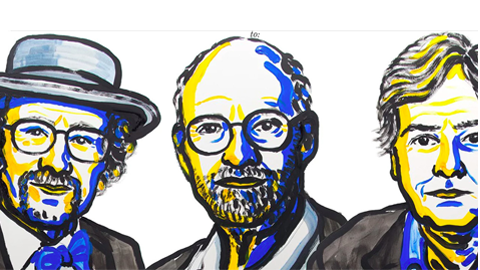
Feature
The circadian coupling of cellular and solar clocks
Dec. 1, 2017
Three American scientists won a 2017 Nobel Prize for discovering the mechanisms that affect myriad aspects of physiology by making our cellular clocks tick in time with the Earth’s revolutions.

Feature
Mouse lemurs — a model in the wild
Nov. 1, 2017
The petite primates found in Madagascar’s rainforests are changing our understanding of human disease and the African nation’s scientific education programs.

Member News
Michael W. Young wins Nobel in medicine or physiology
Nov. 1, 2017
Michael W. Young at the Rockefeller University and Michael Rosbash and Jeffrey C. Hall at Brandeis University have won the 2017 Nobel Prize in Physiology or Medicine for their discoveries of molecular mechanisms controlling circadian rhythm.
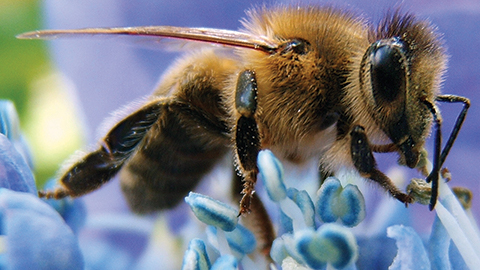
Journal News
MCP: We shall know thine enemy, honey bee
Nov. 1, 2017
A protein atlas published in Molecular & Cellular Proteomics details 1,433 differentially expressed proteins across the developmental stages of a parasitic mite that has wreaked havoc on bee colonies across North America.
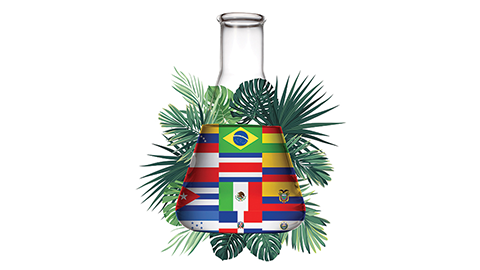
Feature
Acquiring new skills and growing networks
Oct. 1, 2017
PROLAB travel awards help emerging scientists from overseas gain experience in labs in the U.S. and Canada.

News
The cyanides of Titan
Oct. 1, 2017
A nitrogenous compound in the atmosphere of Saturn’s moon Titan might have the potential to form membranelike spheres.

Interview
Meet Russell DeBose-Boyd
Sept. 1, 2017
This new associate editor at the Journal of Lipid Research is passionate about the body’s synthesis of cholesterol. He also likes to make
spaghetti from scratch.
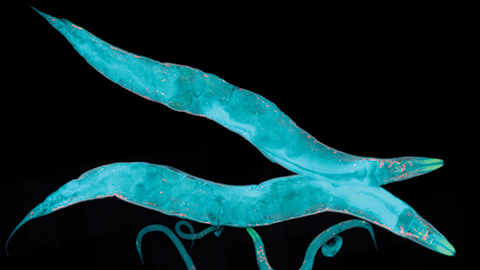
Journal News
MCP: Worms, too, slow down in old age
Sept. 1, 2017
A paper in Molecular & Cellular Proteomics describes how roundworms reduce their rate of recycling certain proteins, thus stymying effort to dodge mortality.
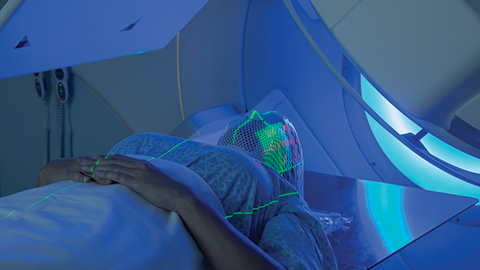
Journal News
MCP: How radiotherapies vanquish cancer cells
Aug. 1, 2017
A paper in Molecular & Cellular Proteomics describes efforts to understand the regulatory effects of particle beams on the structure and signaling pathways of cancerous cells.
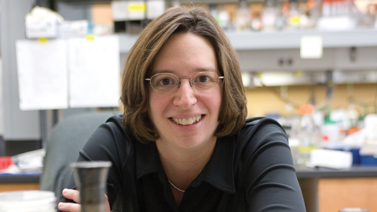
Profile
A scientist who seeks stories and speaks her mind
Aug. 1, 2017
After publishing op-eds about under-discussed issues facing scientists, Tricia Serio started a project to document the effects of sexism in academia.
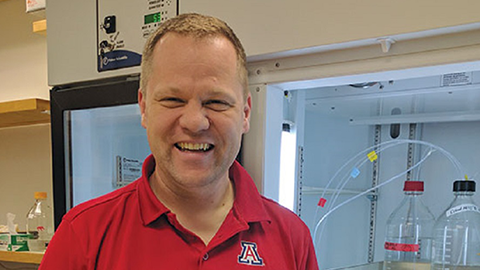
Interview
Meet Wolfgang Peti
June 1, 2017
The associate editor at the Journal of Biological Chemistry has a deep appreciation for NMR spectroscopy.
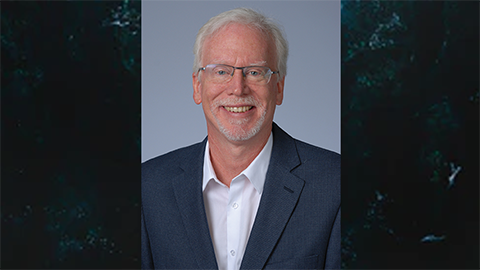
Interview
Meet Ronald Wek
June 1, 2017
This new associate editor at the Journal of Biological Chemistry investigates the roles of RNA in stress response pathways and disease states.

Feature
Branches bursting with secrets
June 1, 2017
Kratom leaves contain a panoply of unidentified compounds

Interview
Meet Joseph Jez
June 1, 2017
The new associate editor at the Journal of Biological Chemistry has ricocheted across the country pursuing new avenues for crystallography.
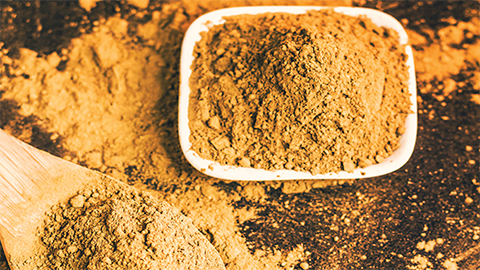
Feature
The science behind kratom’s strange leaves
June 1, 2017
Long used as a painkiller overseas, the plant has gained in popularity among American opioid addicts trying to get clean. Meanwhile, researchers are making headway as U.S. regulators consider cracking down.

Interview
Meet Thomas Neubert
May 1, 2017
The associate editor for the journal Molecular & Cellular Proteomics has his fingers in many signaling pies.
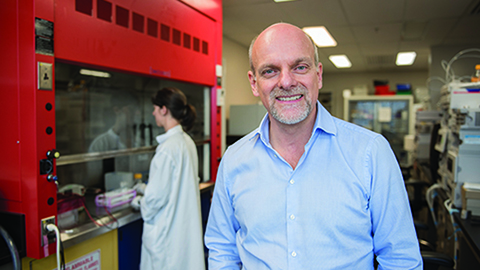
Interview
Meet Pierre Thibault
May 1, 2017
The associate editor for the journal Molecular & Cellular Proteomics discovered mass spectrometry’s power while tracking a deadly toxin.

Journal News
MCP: Tracing damage pathways in diabetic kidney disease
April 1, 2017
Researchers found a link between proteomic changes caused by male sex hormones and impaired metabolism.

Feature
The slime and grime that stick to ships
April 1, 2017
Marine organisms hitchhike on ships at great cost to maritime industries. How can researchers thwart them?
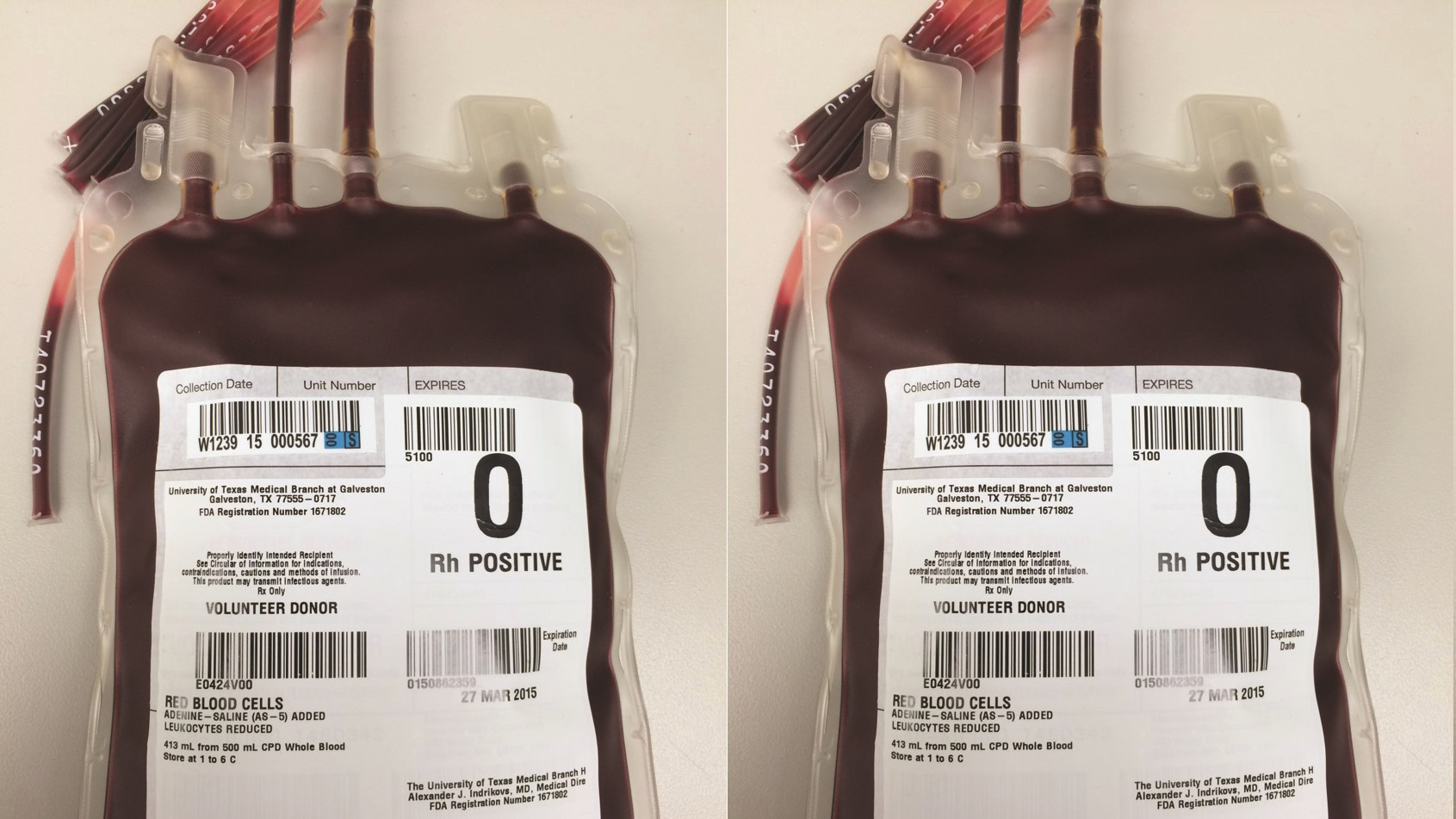
Journal News
MCP: Predicting when blood goes bad
March 1, 2017
Researchers generated a model based on five key metabolic factors for predicting how long blood can be stored.
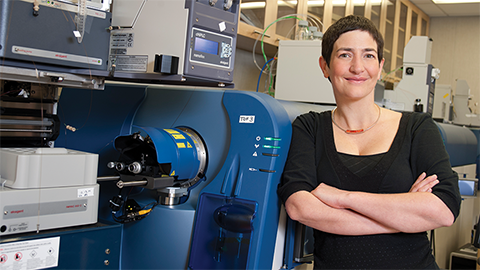
Interview
Meet Anne-Claude Gingras
March 1, 2017
One of the two new deputy editors for Molecular & Cellular Proteomics, she is a signaling expert from Québéc.
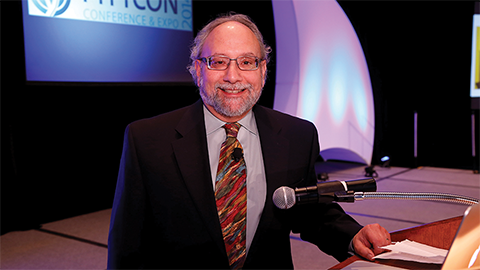
Interview
Meet Steve Carr
March 1, 2017
One of the two new deputy editors for Molecular & Cellular Proteomics, he credits his parents for his education.

Feature
Sharing the whole HeLa genome
Feb. 1, 2017
An agreement between the Lacks family and the National Institutes of Health is benefiting researchers.
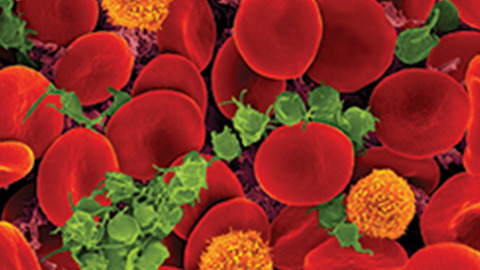
Journal News
MCP: Scott syndrome and the smallest sample size
Feb. 1, 2017
One patient gives researchers an idea of what happens in a rare blood disorder.

Journal News
MCP: How now, chilled cow?
Jan. 1, 2017
Researchers explore how beef processing may be improved to reduce cases of food poisoning.
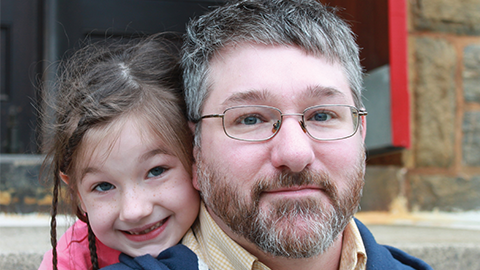
Interview
Burning fat and balancing liver lipids
Jan. 1, 2017
An interview with Michael Wolfgang of the Johns Hopkins University.

Feature
The odyssey of autophagy
Dec. 1, 2016
By discovering the mechanisms of autophagy, Yoshinori Ohsumi pushed a neglected field into the limelight.
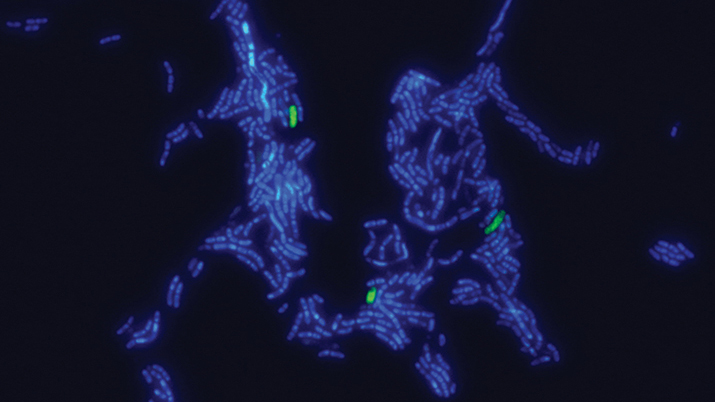
Journal News
MCP: The lives of plant-dwelling bacteria
Dec. 1, 2016
A set of proteins found in two different bacteria suggest common mechanisms for successful leaf colonization.

Feature
The trouble with the testosterone test
Nov. 1, 2016
Using a 'baseline' level of testosterone becomes problematic when women compete in track and field events.

Journal News
JBC: Blocking potato blight’s ability to set up shop
Nov. 1, 2016
Researchers better understand how plants succumb to the pathogen.

Journal News
MCP: Infant gut microbes’ thirst for milk glycoproteins
Nov. 1, 2016
Researchers report that the bacteria in infants’ guts are capable of digesting breast milk glycoproteins.

